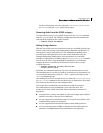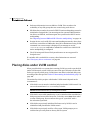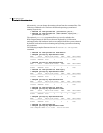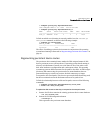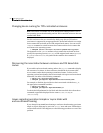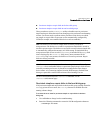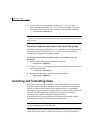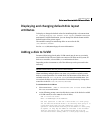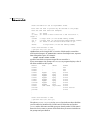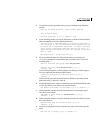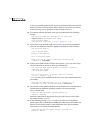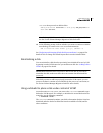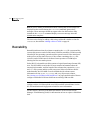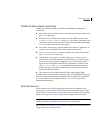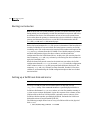
97Administering disks
Displaying and changing default disk layout attributes
Displaying and changing default disk layout
attributes
To display or change the default values for initializing disks, select menu item
21 (Change/display the default disk layout) from the vxdiskadm
main menu. For disk initialization, you can change the default format and the
default length of the private region.
The attribute settings for initializing disks are stored in the file,
/etc/default/vxdisk.
See the
vxdisk(1M) manual page for more information.
Adding a disk to VxVM
Formatted disks being placed under VxVM control may be new or previously
used outside VxVM. The set of disks can consist of all disks on the system, all
disks on a controller, selected disks, or a combination of these.
Depending on the circumstances, all of the disks may not be processed in the
same way.
Caution: Initialization does not preserve data on disks.
When initializing multiple disks at one time, it is possible to exclude certain
disks or certain controllers. To exclude disks, list the names of the disks to be
excluded in the file /etc/vx/disks.exclude before the initialization. You
can exclude all disks on specific controllers from initialization by listing those
controllers in the file /etc/vx/cntrls.exclude.
To initialize disks for VxVM use
1 Select menu item 1 (Add or initialize one or more disks) from
the vxdiskadm main menu.
2 At the following prompt, enter the disk device name of the disk to be added
to VxVM control (or enter list for a list of disks):
Add or initialize disks
Menu: VolumeManager/Disk/AddDisks
Use this operation to add one or more disks to a disk group.
You can add the selected disks to an existing disk group or to
a new disk group that will be created as a part of the
operation. The selected disks may also be added to a disk group
as spares. Or they may be added as nohotuses to be excluded
from hot-relocation use. The selected disks may also be
initialized without adding them to a disk group leaving the



